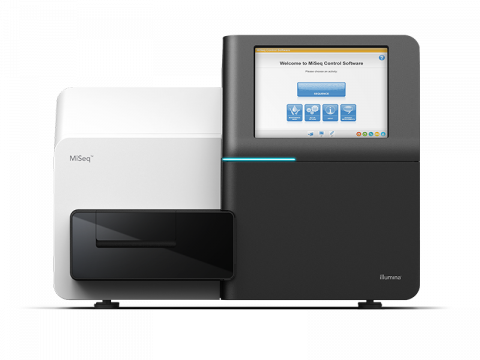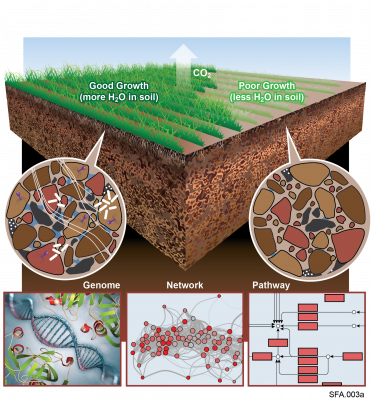Viral communities detected from three large grassland soil metagenomes with historically different precipitation moisture regimes.
Filter results
Content type
Tags
- (-) Genomics (10)
- (-) Microbiome (8)
- (-) IAREC (3)
- (-) Amplicon Sequencing (2)
- Omics (22)
- Soil Microbiology (22)
- sequencing (13)
- Metagenomics (10)
- Fungi (6)
- High Throughput Sequencing (6)
- Imaging (6)
- Mass Spectrometry (6)
- Mass Spectrometer (5)
- metagenomics (4)
- Microscopy (4)
- Sequencer System (4)
- Sequencing (4)
- soil microbiology (4)
- Spectroscopy (4)
- Viruses (4)
- Climate Change (3)
- metabolomics (3)
- PerCon SFA (3)
- Proteomics (3)
- Synthetic Biology (3)
- Biological and Environmental Research (2)
- Lipidomics (2)
- microbiome stability (2)
- omics (2)
- species volatility (2)
Showing 16 - 22 of 22
Publication
The novel fungal strain, Fusarium sp. DS 682, was isolated from the rhizosphere of the perennial grass, Bouteloua gracilis , at the Konza Prairie Biological Station in Kansas. This fungal strain is common across North American grasslands and is resilient to environmental fluctuations. The draft...
Category
The soil microbiome is central to the cycling of carbon and other nutrients and to the promotion of plant growth. Despite its importance, analysis of the soil microbiome is difficult due to its sheer complexity, with thousands of interacting species. Here, we reduced this complexity by developing...
Category
As part of the Pacific Northwest National Laboratory’s (PNNL) Science Focus Area program, we are investigating the impact of environmental change on microbial community function in grassland soils. Three grassland soils, representing different moisture regimes, were selected for ultra-deep...
Category
Soil microorganisms play fundamental roles in cycling of soil carbon, nitrogen, and other nutrients, yet we have a poor understanding of how soil microbiomes are shaped by their nutritional and physical environment. In this study, we investigated the successional dynamics of a soil microbiome during...
Category
Data Source
The Illumina MiSeq System Sequencer is a high-throughput DNA sequencer machine developed and manufactured by Illumina , and is designed for sequencing data acquisition using synthesis technology to provide an end-to-end solution (cluster generation, amplification, sequencing, and data analysis) in a...
Project
The Phenotypic Response of the Soil Microbiome to Environmental Perturbations Project (Soil Microbiome SFA) at Pacific Northwest National Laboratory is a Genomic Sciences Program Science Focus Area (SFA) Project operating under the Environmental Microbiome Science Research Area. The Soil Microbiome...
Datasets
23


